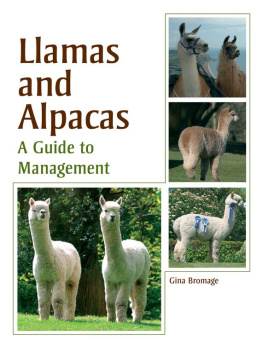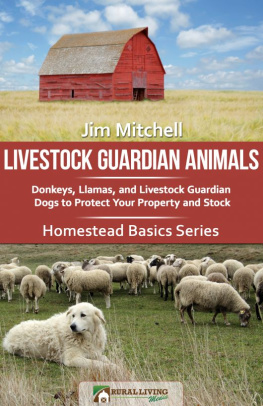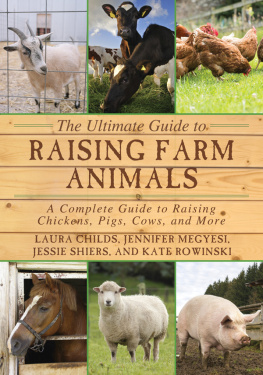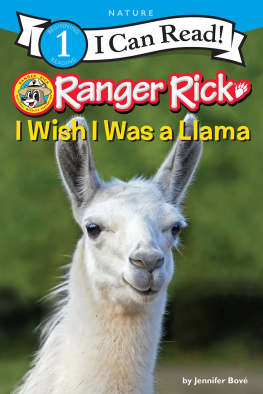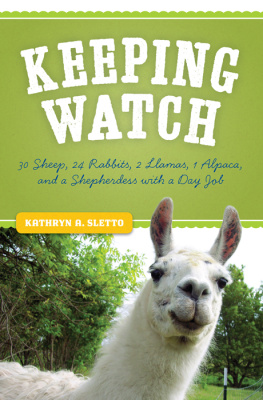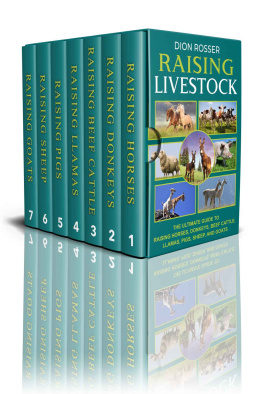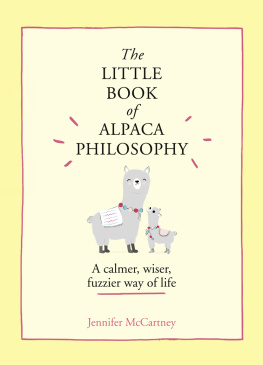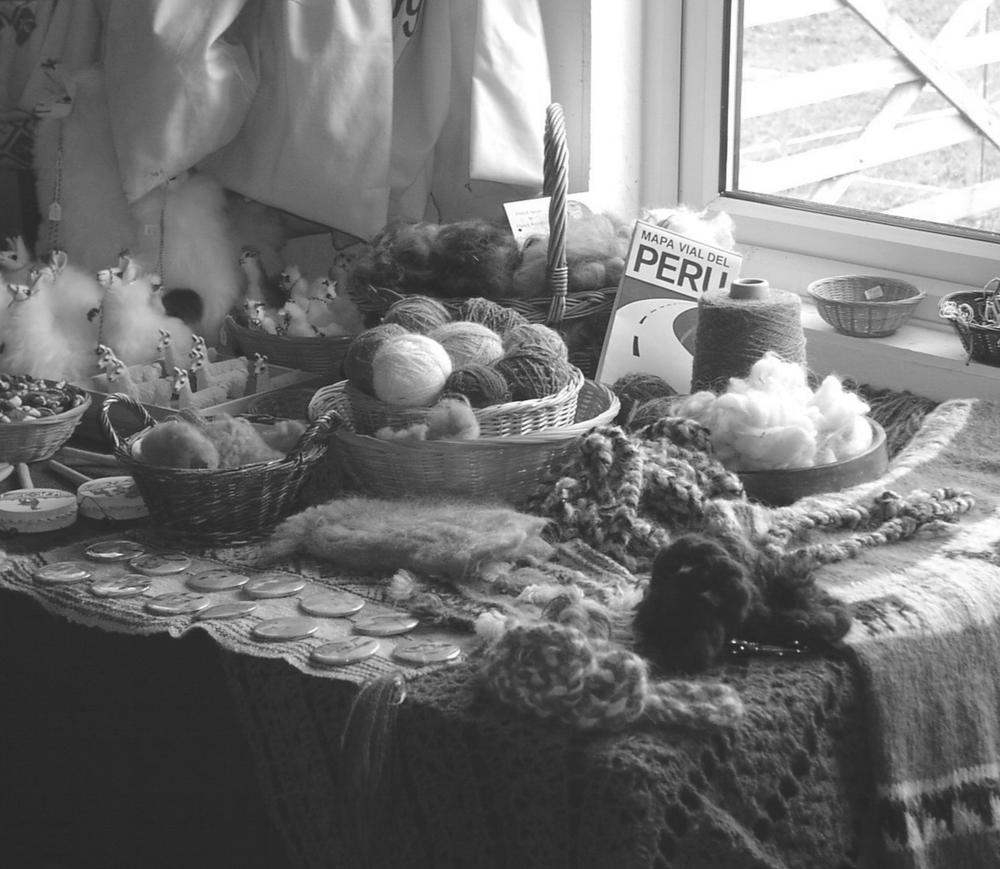First published in 2006 by
The Crowood Press Ltd
Ramsbury, Marlborough
Wiltshire SN8 2HR
www.crowood.com
This impression 2009
This e-book first published in 2013
Gina Bromage 2006
All rights reserved. No part of this publication may be reproduced or transmitted in any form or by any means, electronic or mechanical, including photocopy, recording, or any information storage and retrieval system, without permission in writing from the publishers.
British Library Cataloguing-in-Publication Data
A catalogue record for this book is available from the British Library.
ISBN 978 1 84797 582 9
All photographs by the author except where stated otherwise.
Line-drawings by Keith Field.
Edited and designed by
OutHouse!
Shalbourne, Marlborough
Wiltshire SN8 3QJ
There are many people without whom this book could not have been written, and I am deeply indebted to those who have provided photographs, as well as other kinds of support. My mother, Val Ridgway, who is responsible for my interest in camelids, and who has funded a great deal of my learning, deserves much gratitude in particular. Chris Eke and Jo Harwood of UK Llamas have been a great source of encouragement and a great deal of practical help; they have my particular thanks, as does John Gaye who has written the chapter on the marketing of fleece. Thanks are also due to Yocom-McColl Testing Laboratories, Inc. for granting permission to publish one of their Testing Laboratories histogram reports. Other members of the BVCS and the South West Alpaca Group, too numerous to mention individually, have variously and generously contributed with experiences, information and images. My own knowledge has been built on foundations laid by, amongst others and in no particular order, Murray Fowler, Eric Hoffman, John Mallon, Chris Cebra, David Anderson, David Pugh, Marty McGee, Clare Hoffman, Gail Birutta, Walter Bravo, Ahmed Tibary, Jane Vaughan, and Amanda Van den Bosch.
From a chance encounter with alpacas in early 1999, my close involvement with camelids became inevitable after I showed them to my mother at the Royal Bath and West Show of the same year. She immediately resolved to buy some alpacas when she retired to the West Country a few months later and, as her default veterinarian, my fate was sealed. In those days very few of my colleagues had any camelid expertise, so my joining of the British Veterinary Camelid Society and a very steep learning curve soon followed. Although some principles of husbandry, medicine and surgery are universal, knowledge of the idiosyncrasies of any species is crucial to the successful management of it. Most camelid lore resides in South America, and is in Spanish. Only in the relatively recent past have such eminent authors and academics such as Murray Fowler, Eric Hoffman and Walter Bravo written definitive veterinary texts on camelids in English, and these are largely based on the North American experience, as are the husbandry texts that exist.
The veterinary profession is still learning about camelids (as, indeed, it is still learning about all of the species under its care), but it became obvious to me that a basic handbook on husbandry was needed. Many of the problems commonly encountered in the keeping of llamas and alpacas could be avoided with better information, and rocket-science levels of technical sophistication are not required to circumvent most difficulties. These principles hold true for the keeping of any domestic species, but llamas and alpacas are quite frequently kept by those who have not farmed or even kept grazing animals before. The errors of experienced stock-keepers tend to be different from those committed by novices, but they nevertheless occur because of the very natural tendency to extrapolate the care of one species from that of another. Certain differences in the specialization and biology of llamas and alpacas make some such extrapolations unwise at best, and disastrous at worst. The purpose of this text is to help the uninitiated to avoid some of the more common pitfalls. There are many who will find much of the information in this book basic in the extreme, but, since my objective is to be of most help to those who need assistance most, I make no apology for the elementary level of some of it.
This chapter will briefly describe the origins of the domesticated South American camelids (i.e. llamas and alpacas) and the purposes of their domestication, and indicate some important differences between them and other domesticated animals in the UK.
Llamas and alpacas belong to a group of animals known as the South American camelids, which are descended from an ancient camel-like ancestor that migrated to the Americas millions of years ago. (The term camelid derives from their scientific family name, Camilidae.) Other camelids include the dromedary and bactrian camels. The American camelids subsequently died out in the northern part of the continent, but in the south they were domesticated by the Incas, and they formed the basis of the Inca economy. They were used for meat, fleece, hides, leather, tools and fuel, and as pack animals. The harsh environment of the Andes makes each of these resources truly a matter of life and death, and an animal that could thrive there was essential to human survival. When the Spaniards conquered the Inca, they seemed to make a particular campaign of attempting to exterminate llamas and alpacas. This has given rise to the idea that the Spanish may have seen such a strategy as a way of fatally weakening the much more numerous Inca.

A llama, the largest of the four South American camelids. (Photo: Chris Eke, UK Llamas)
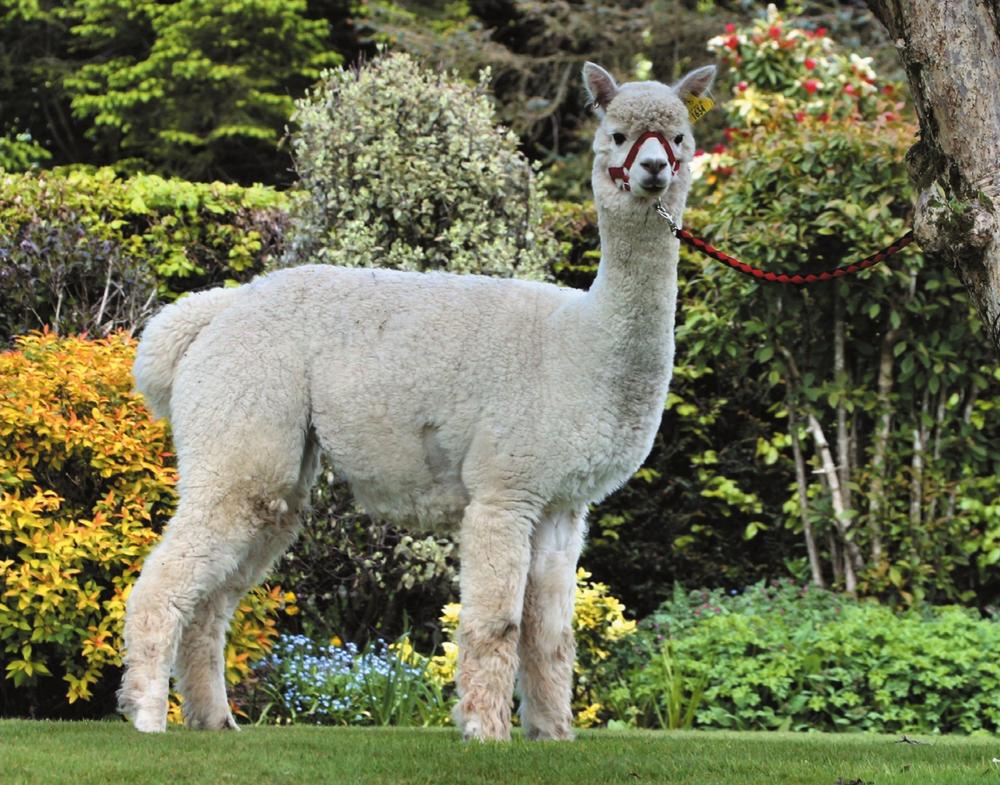
An alpaca, the luxury fibre factory of the South American camelids. (Photo: John Gaye, Alpacas of Wessex)
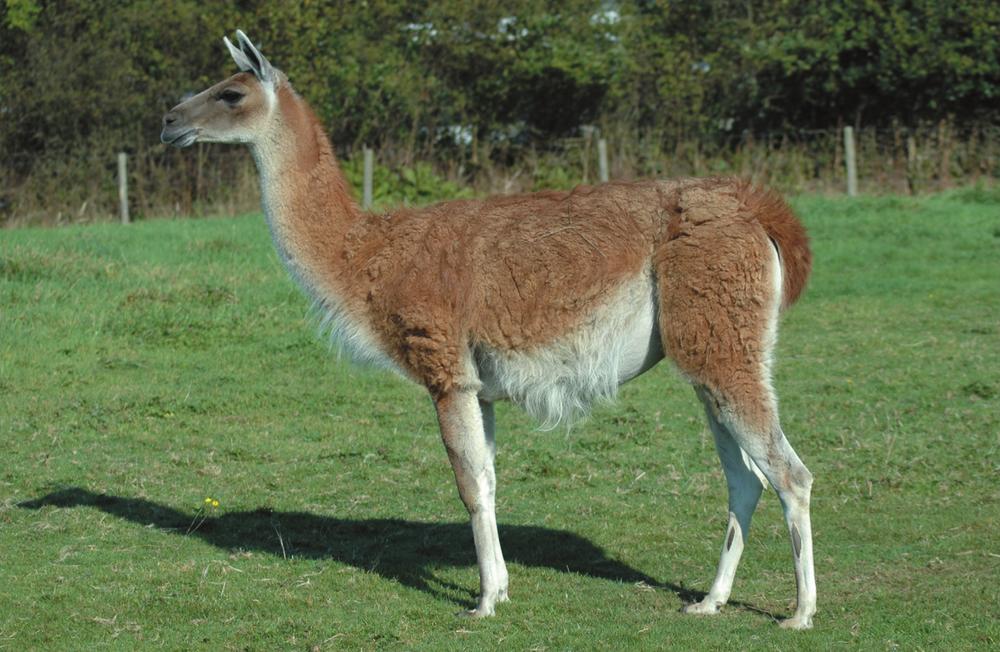
A guanaco, the wild progenitor of the llama, is still found extensively in South America. (Photo: Chris Eke, UK Llamas)
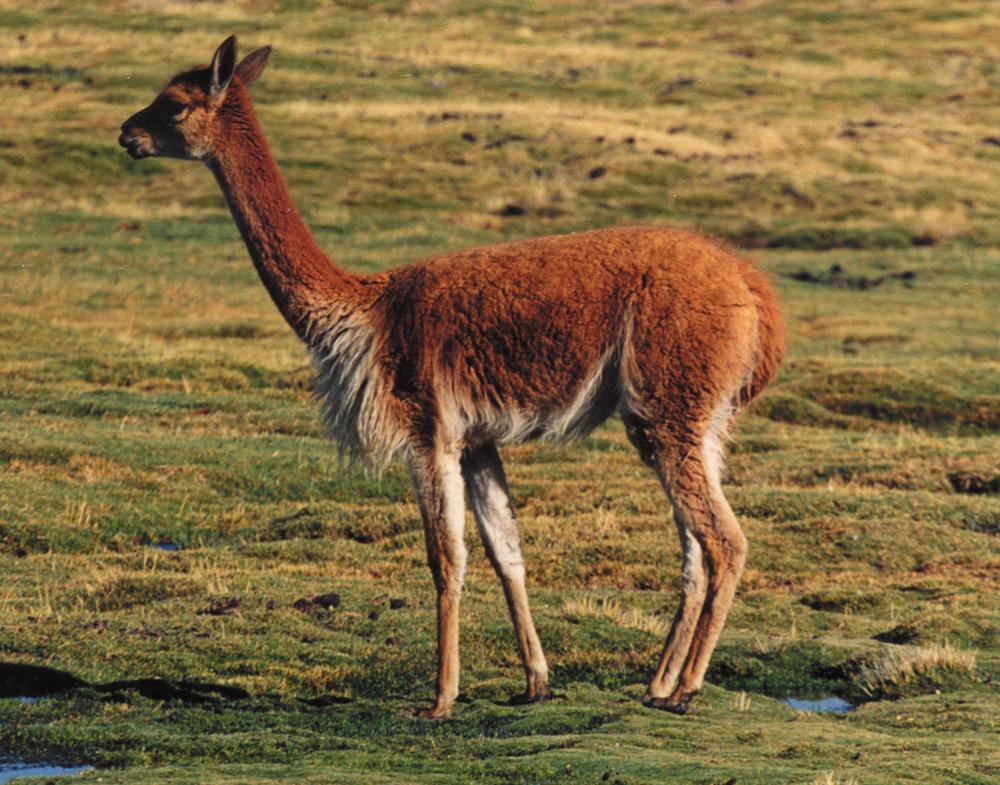
A vicuna, the shy, rare, endangered progenitor of alpacas. It is found on limited ranges, mainly in the altiplano. (Photo: John Gaye, Alpacas of Wessex)
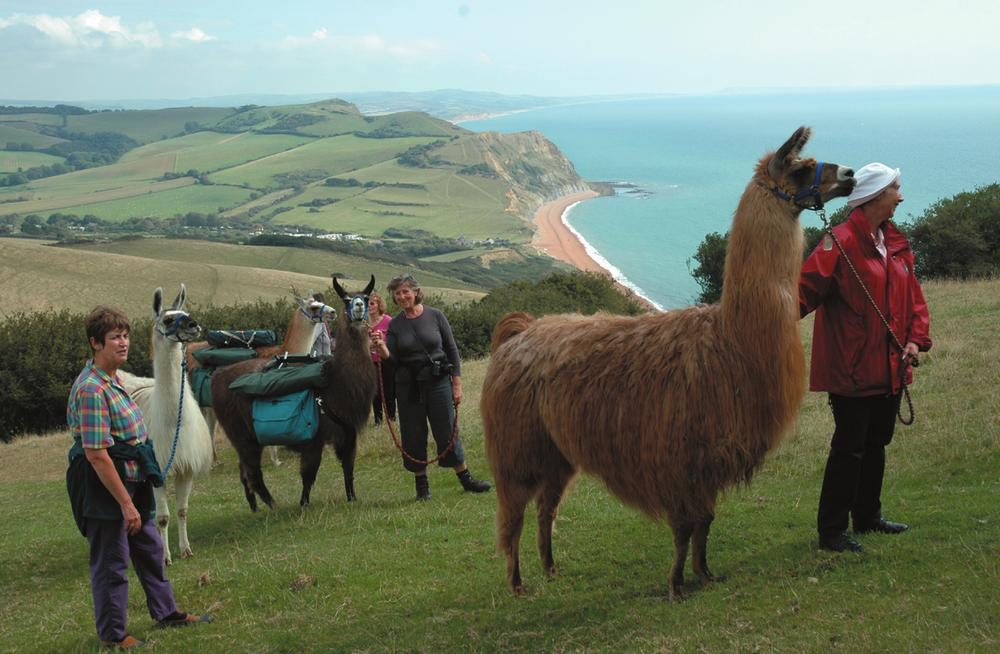
A tampuli llama. Notice the fibre on the neck and upper legs much thicker and longer than in other llamas. (Photo: Chris Eke, UK Llamas)
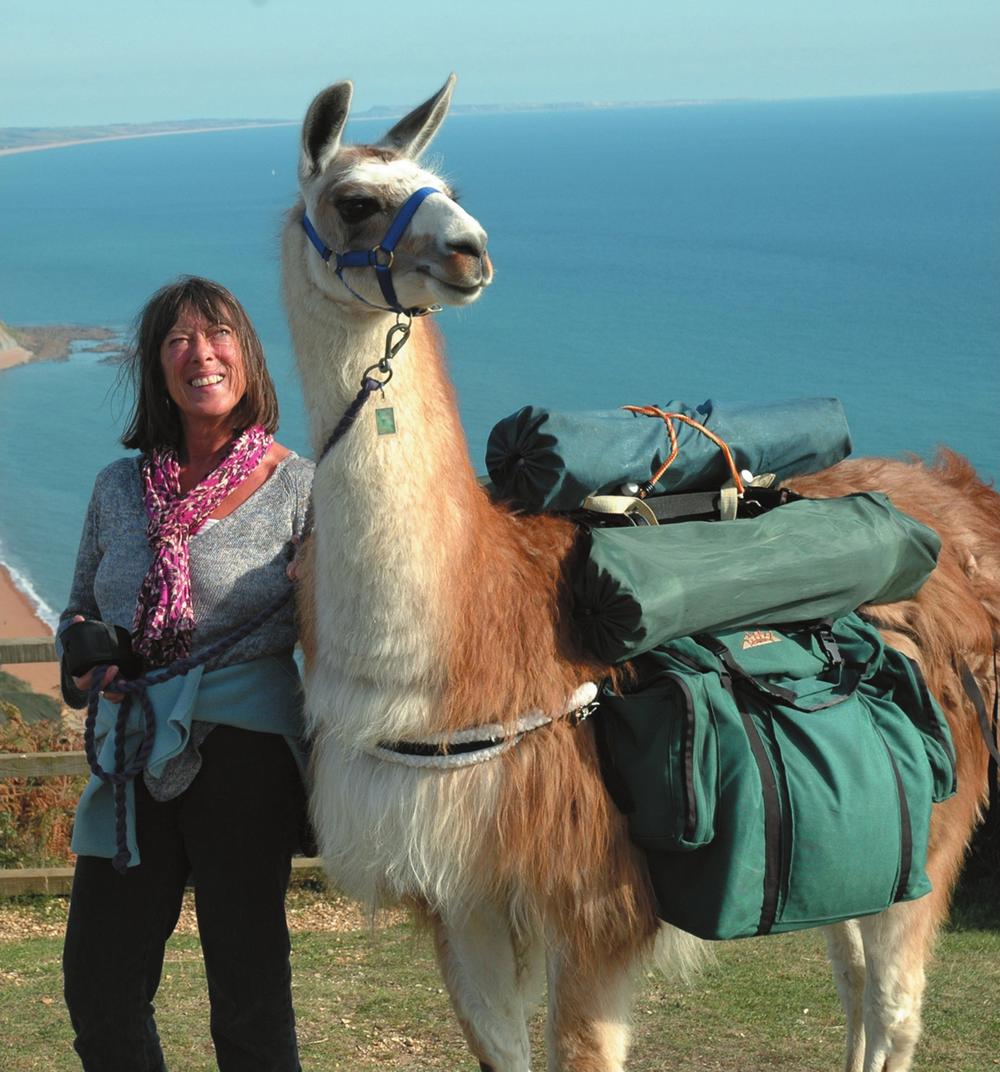
A ccara llama. Notice the light fibre cover on the head, neck and legs. (Photo: Chris Eke, UK Llamas)
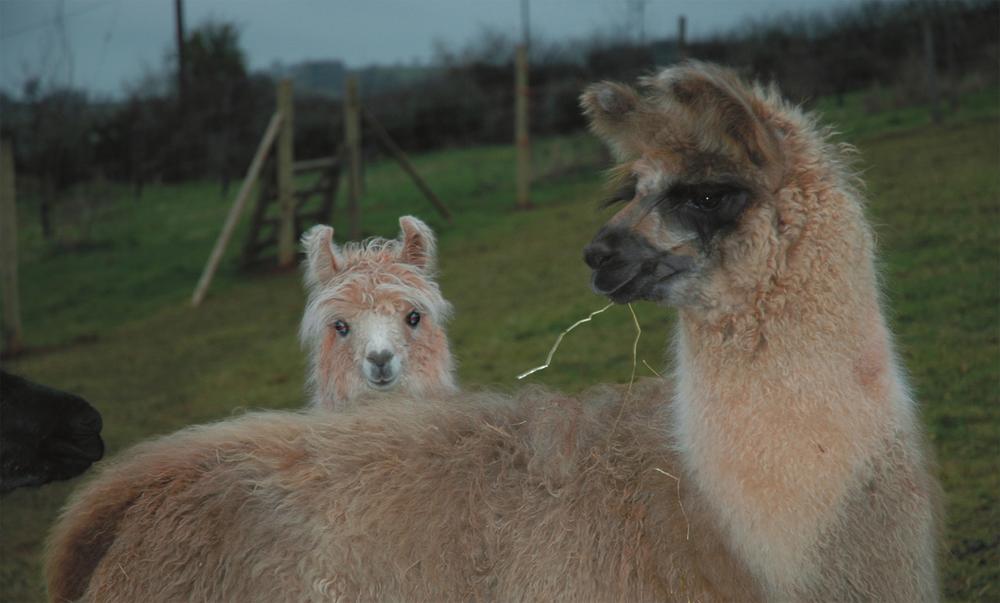
Tampuli llama. Notice the fringing on the head and ears. (Photo: Chris Eke, UK Llamas)

